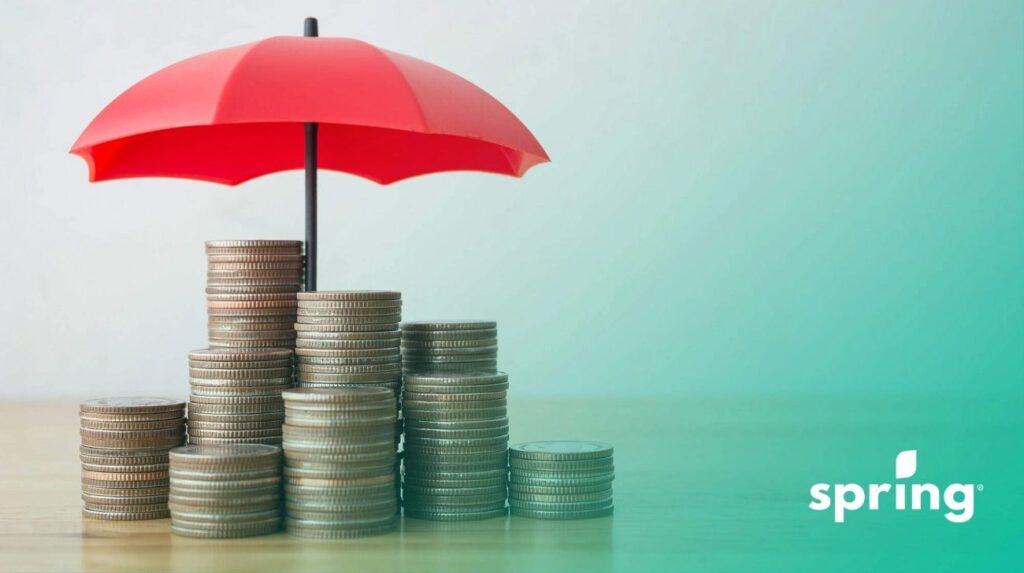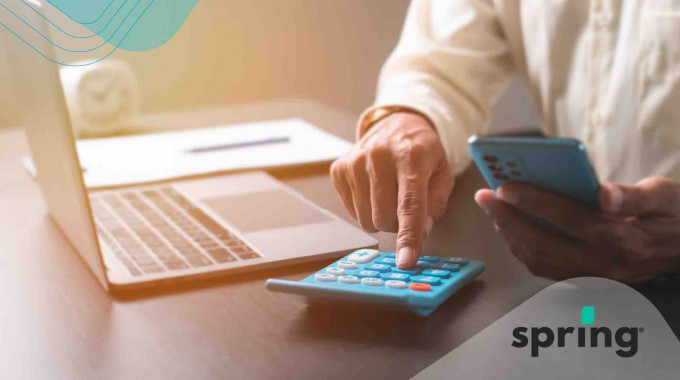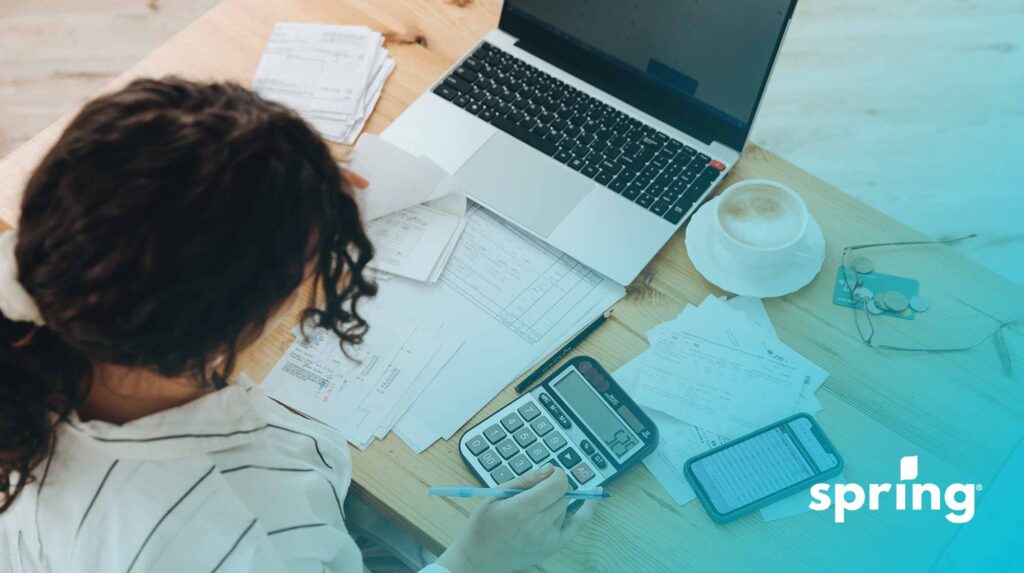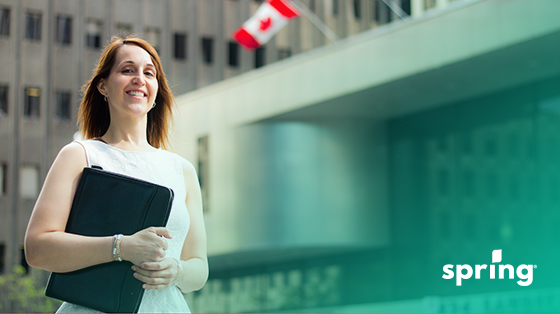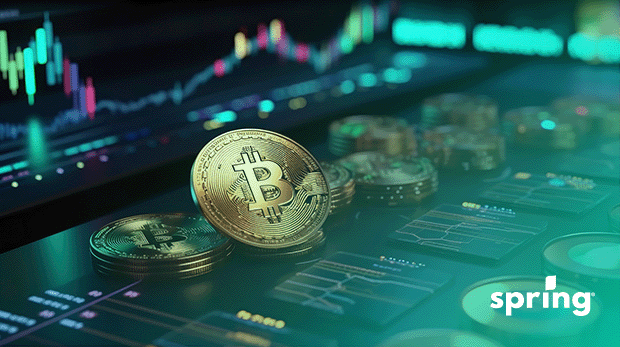We recently discussed a step-by-step guide to saving money for first-time penny pinchers. In that blog pIf you already follow the highly recommended 50-30-20 budgeting rule, then you probably already have an idea of what your earnings and expenses are every month. That said, if you don’t have any budget figured out, now is the time to get that sorted. It doesn’t have to be complicated, either.
Write down your total monthly income from all sources at the top of a piece of paper and start subtracting all of your monthly expenses (rent/mortgage, insurance, groceries, utilities, gas, leisure, etc.).
Reasons You Need An Emergency Fund
While you may be able to make ends meet, you never know what will happen. It’s unrealistic to rely on cash gifts and unexpected income. Unexpected events happen. You could suddenly be earning irregular income instead of consistent income, and you can lose money faster than you realize.
The simplest way to avoid relying on others is an emergency fund. Whether you’re employed or self-employed, an emergency fund helps make ends meet in true emergencies, allowing you to maintain your financial well-being. Some other situations that could require an emergency fund are:
- Car repairs
- Job loss
- Home repairs
That said, one of the key takeaways when you have an emergency fund is to avoid taking the funds out unless you really need them. If you do need the funds, a good rule is to only take out the specific amount you need and no more.
What You Should Be Putting In An Emergency Savings Fund
Your saving goal needs to be SMART: specific, measurable, attainable, relevant and timely.
While CNBC financial expert Suze Orman says that saving even six month’s worth of expenses isn’t enough, nearly half of Canadians can’t save over a year’s worth of their income because they live paycheque-to-paycheque.
The Financial Consumer Agency of Canada recommends either saving the equivalent of three to six months of your expenses OR three to six months of income. Whatever the number is, don’t be afraid to start small. It adds up quickly.
Have you got a number in mind but want to know what it will grow to after a year or more? Find out with this free savings calculator. Even a small amount like $50 or $100 per paycheque can help you build your financial security since how much you need in your emergency fund depends on your financial situation. For some, $500 can make all of the difference. No matter how much you want to save, though, consistent contributions make all the difference.
How to Start An Emergency Fund
Few things are as aggravating as reading that you need to cut back on “avocado toast” when you’re already pinching pennies in your chequing account. The solution to many people’s financial problems, as well as having the ability to cover unexpected expenses, is to earn more money. Unfortunately, walking into your boss’s office to negotiate a raise may not be on the table just yet, and it isn’t always so simple to increase your cash flow.
So, until that fateful day, here are a few things you can do to start saving dollars to cover unplanned expenses like medical bills or other living expenses:
- Cut back on subscriptions you don’t use. Cancel a gym membership if you almost never go. How many streaming services are you signed up for? Keep the subscriptions that add real value to your life, and say goodbye to the ones you barely use.
- Shop at discount stores for the things you do need. For example, if you shop at Longo’s for your groceries, maybe try Food Basics for a while.
- Say “no” to social outings for a while. Catching up with friends over drinks might be your favourite way to blow off steam after a busy day, but cocktails and other libations can quickly burn a hole in your pocket. Steer clear of restaurants and bars for a while. Friends and family will understand.
- Sell something you aren’t using. Living minimally is all the rage these days. There are plenty of apps and websites to help you sell items that you never use but others might value.
- Return something you recently bought but don’t need. Maybe you recently made an impulse purchase of something that you don’t really need.
- If you have the time, pick up a side hustle. The internet is constantly creating new opportunities for people to set up their small business or earn extra cash from the comfort of their own home.
- Go on a spending freeze. Challenge yourself to spend money on nothing but the absolute necessities.
- Negotiate lower interest rates with your creditors. Call up your credit card issuers and financial institutions and ask how they can help. If you’re a longtime customer, they won’t want to lose your custom. Remember, persistence and politeness pay off.
- Make only the minimum payment on your credit cards for a while (this might seem counterintuitive, but the point of the emergency fund savings is to pay yourself first!)
- Talk to your service providers. Your phone, internet, and cable providers don’t want to lose you as a customer, especially if you’ve been with them for a long time. Explain your situation and see what they can do for you.
If you do follow the 50-30-20 budgeting rule, consider assigning the entire 20% of your budget’s “Financial Goals” portion to get a headstart on building your emergency fund. To hit your goals even quicker, you might also want to dedicate your “Wants” (30%) towards your emergency fund. Your wants are things you can live without for a while. And with 50% of your income going towards your emergency fund, you’ll be sitting on a nice cash cushion before you know it!

Leverage Technology With Money-Saving Apps
In a previous blog post, we covered some great budgeting apps like Bloom to help you get your finances in order. Here are a few other must-have apps that will help you discover special offers, enjoy the best product prices in town, and much more:
- Caddle and Checkout51 is a grocery savings/cashback app.
- Rakuten offers cashback on purchases with a variety of retailers.
- Swagbucks cash app for shopping, watching videos, paid surveys and more.
- GasBuddy helps you find the cheapest gas in your area.
- Drop helps you earn free gift cards at popular retailers (McDonald’s, Walmart, etc).
- LetGo and VarageSale are extremely useful when you want to sell items online.
- ShopBot is great when you want to compare prices on products to ensure you’re getting the best deal.
Open a Savings Account That Brings Big Rewards
If you don’t already have one, now is the time to get a savings account. If you do already have one, review its conditions and maybe shop around. Online banks are a great alternative to traditional lenders, as they often offer higher interest on savings accounts.
Tax-Free Savings Accounts
TFSAs (Tax-Free Savings Accounts) are another option and perhaps a better one if you’re saving a few thousand dollars. While the contributions are not tax-deductible, any unused amount can be carried forward into the next tax year, which is ideal if you’re trying to save a lot of money.
Additionally, putting money into a TFSA is better than a general investment account for the simple reason there would be no tax penalty on interest earned from a TFSA when the money is withdrawn. If you put your emergency money into an investment account, you’d be taxed on whatever the capital gain was.
High-Interest Savings Accounts
If you’re in the market for opening a new savings account that doesn’t hold investments, a high-yield savings account is a great way to save for emergencies. Many different financial institutions offer these HISAs with rates starting between 3% and 5%, depending on the market.
In order to start a HISA, you need to contact the financial institution you want to work with. Once you’ve done that, then you can start saving. With most HISA’s, you can transfer between your accounts as much as you want without any fees. There’s usually no account minimum either, so you can start your account with any amount that you choose.
The great thing about high-interest savings accounts is that you have easy access to your funds. You’re also less likely to spend the funds since they aren’t in your main account. It’s one of the reasons that you have at least two accounts if you’re saving, instead of just one account.. They’re also similar to money market accounts, which are only available to businesses in Canada and have less restrictions than retirement accounts.
Registered Savings Accounts
Another popular way Canadians choose to save their money is with a registered account like a First Home Savings Account or a Registered Retirement Savings Plan. These accounts are popular because all of the contributions are tax-deferred, which can save you even more money.
While these types of accounts are great for saving money for specific funds, they’re not a great way to save money for an emergency. This is because if the money is used for any purpose other than what it’s designated for, then you will be taxed on what you withdraw. With RRSPs, for example, if you use the funds for anything other than retirement, purchasing your first home, or going to school, then you’ll be subject to withholding taxes.
Automating Your Savings
If you want to start a savings account and are unsure of where to start, a good way to ensure that you commit is to set up automatic transfers. You can set up direct deposit with your bank to have a certain amount transferred from your everyday bank account to a separate account every payday. This can be done with any type of account, including retirement accounts.
The Difference Between a Rainy Day Fund and an Emergency Fund
The main differences between a rainy-day fund and an emergency fund are the amounts of money that need to be saved, and the type of event they’re needed for. The former is short term, while the latter is long term. The rainy-day fund is typically a few hundred dollars, while the emergency fund is usually a few thousand dollars.
Rainy day funds are usually for one-time, unforeseen events. In contrast, the emergency fund is meant to be for longer durations to replace all of your expenses.
How Much Money You Should Keep in Your Rainy-Day Fund
A rainy-day fund, according to some experts, should be between $500 to $1000. You just need enough cushion to protect yourself from some windfalls without having to resort to using your credit card or having to take out a payday loan.
Where To Keep Your Rainy-Day Fund
You want to be able to access this money quickly, so a simple chequing or savings account that you can access immediately is ideal. If possible, find an easily accessible high-interest savings account so that the longer the money stays in there untouched, the better off you’ll be!
No Emergency Fund yet, but Need a Cash Loan? Spring Financial to the Rescue!
When you need funds urgently but have no savings to turn to, you don’t need to wait on a bank appointment or resort to a payday lender.
Spring Financial is here to help!
We offer quick-and-easy emergency loans (and other credit-building solutions) to help you pay your bills, pay off debt, and more.
Apply for an emergency loan or credit building loan today to see how we can help you take that first step to a better financial future.
